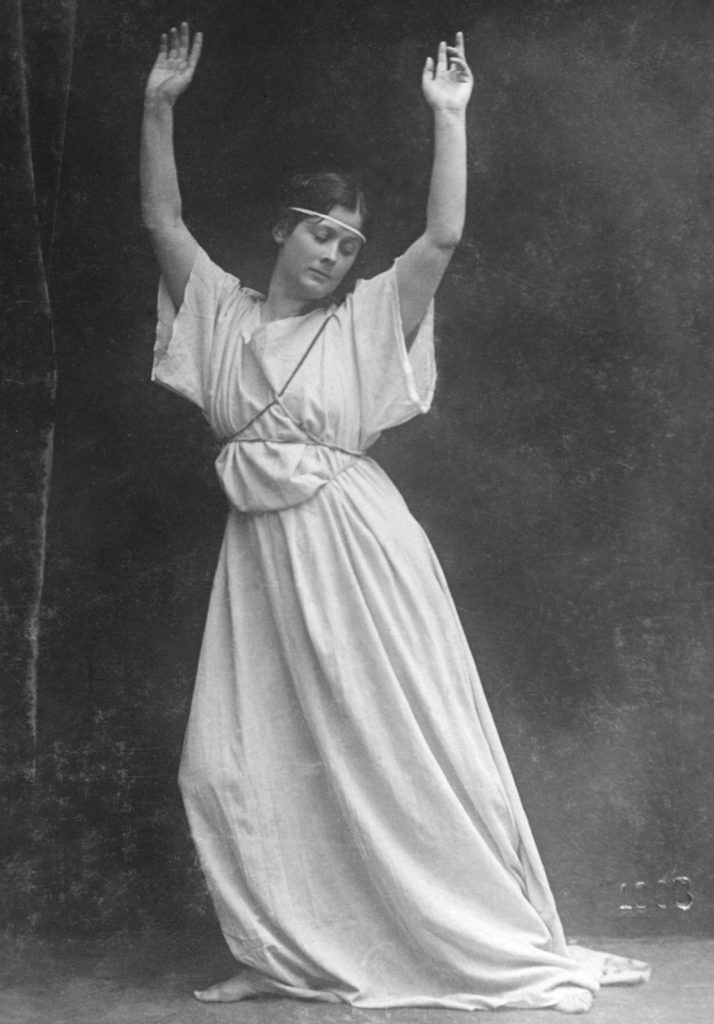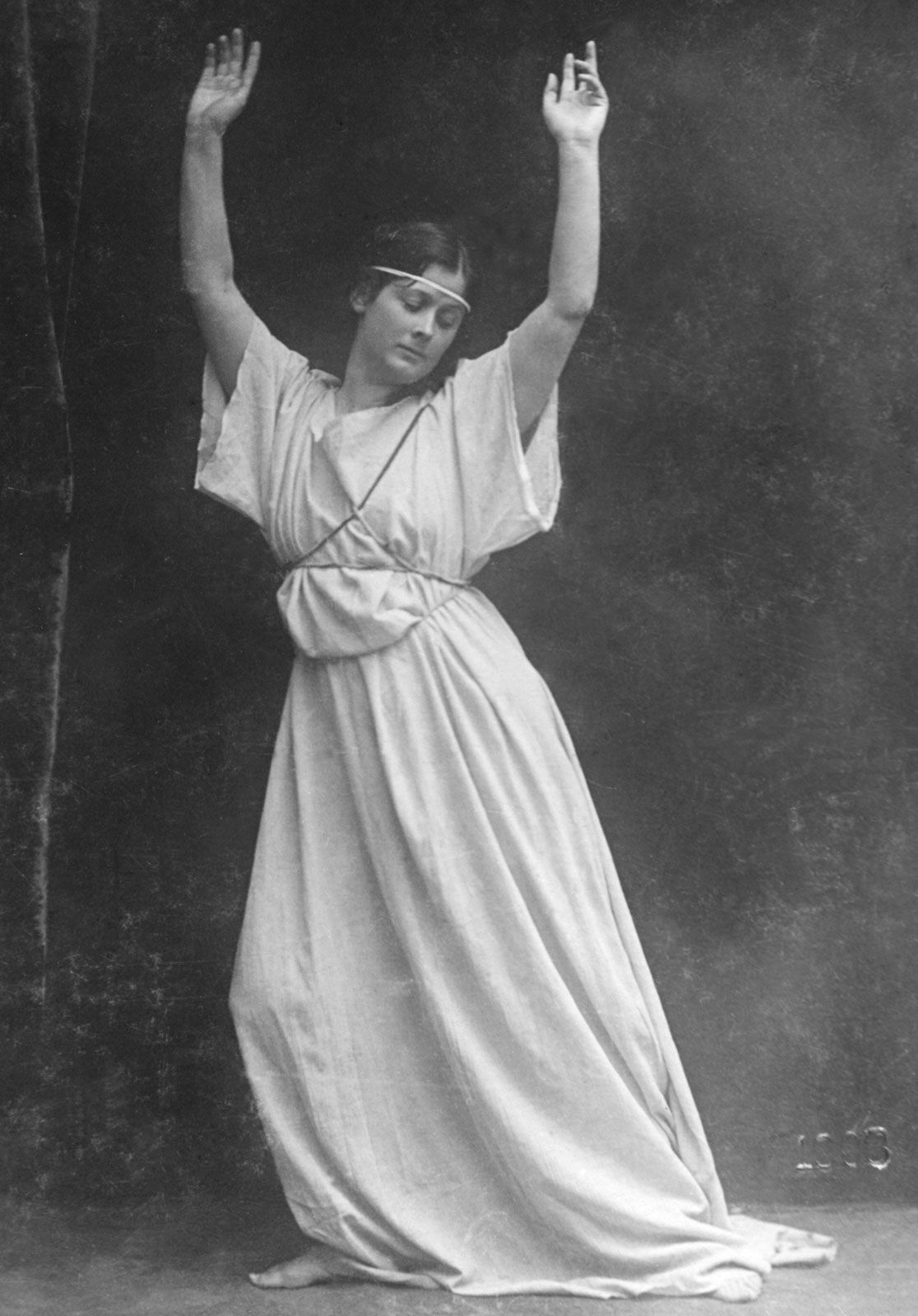
Alvin Ailey’s Impact on the Evolution of Modern Dance

# Exploring *Edges of Ailey*: A Groundbreaking Exhibition at the Whitney Museum
The groundbreaking career of Alvin Ailey, a seminal figure in the performing arts, transcended the conventional boundaries of both dance and modern choreography. Ailey’s work is not just iconic in its physicality but deeply rooted in an exploration of identity, culture, and social issues. Now, his rich legacy forms the centerpiece of the *Edges of Ailey* exhibition at the Whitney Museum of American Art — the museum’s first-ever retrospective dedicated to a performing artist. This multifaceted exhibition showcases how Ailey’s innovative choreography and deeply personal reflections continue to reverberate through various forms of artistic expression.
## Alvin Ailey: A Visionary in Modern Dance
Alvin Ailey’s contributions to modern dance are unparalleled. Born in 1931 in rural Texas amid the backdrop of the Great Depression, Ailey’s upbringing in the segregated South profoundly influenced his artistic outlook. From an early age, he witnessed the harsh realities of Black life, which he later wove into his choreography, creating universally resonant but deeply personal works.
Ailey established his reputation through his groundbreaking piece *Revelations*. Drawing on spiritual and gospel traditions, this choreography explored themes of struggle, hope, and redemption rooted in his childhood experiences of Southern Black life. His company, the Alvin Ailey American Dance Theater, founded in 1958, carried forward these narratives, making space for dialogues on African American and queer identities, race, culture, and liberation. His expansive vision for modern dance — far-reaching, inclusive, and multidisciplinary — epitomized a new cultural narrative.
## A Multifaceted Exhibition at the Whitney
The *Edges of Ailey* exhibition at the Whitney Museum doesn’t just place dance at its center, but combines various forms of art—painting, sculpture, installation, and music—to create a holistic portrait of Ailey’s influence. The exhibition brings together more than 80 artists, with Ailey’s work acting both as the core inspiration as well as a point of confluence for exploring broader ideas related to identity exploration and social change.
At the heart of the exhibition are multimedia elements such as performance footage, personal interviews with Ailey, and archival writings. These are interwoven with artworks that parallel or draw inspiration from Ailey’s legacy, highlighting his broader influence on American culture.
### Highlights from the Exhibition
Among the many compelling artworks on display, several stand out for their direct reference to the art of movement and dance. For instance, Barkley Hendricks’ painting *Dancer* (1977) pays homage to the bodily grace of Black performers, while Senga Nengudi’s evocative sculpture *R.S.V.P.* (1975) explores the possibilities of form, using stretched nylon pantyhose to recall human anatomy. Meanwhile, Lynette Yiadom-Boakye’s paintings of dancers in rehearsal conjure the magic and discipline behind performance, with one of the works created specifically for the exhibition.
The exhibition also features an immersive 18-screen video projection of various Ailey performances, providing viewers with a seamless, dynamic experience of his choreographies. Additionally, curators have peppered the space with powerful visual narratives from other influential artists. These include works by Katherine Dunham, Maya Deren, and Duke Ellington, shedding light on the many creative sources that inspired and shaped Ailey’s journey.
## The Personal Side of Alvin Ailey
Visitors are also offered the unique opportunity to engage with Ailey on a profoundly intimate level. The exhibition includes letters, journal entries, and notebooks that detail his personal struggles and triumphs. In one heartbreaking journal entry from 1980, he tersely recounts his hospitalization after a nervous breakdown: “nervous breakdown, 7 wks in hosp.” This brevity contrasts starkly with other entries that highlight the minutiae of his daily life, revealing how even the simplest acts were shadowed by larger emotional struggles.
In its thoughtful curation, the exhibition juxtaposes these intensely personal writings with corresponding artworks. For example, Rashid Johnson’s *Anxious Men* (2016) serves as a visual counterpart to Ailey’s quiet recollection of his mental health challenges, capturing in stark imagery a shared sense of alienation and anxiety.
## The Legacy of *Revelations*
Unsurprisingly, Ailey’s iconic choreography, *Revelations*, is central to the exhibition. Based on spirituals and gospel music, *Revelations* is a poignant commentary on Black endurance, faith, and survival. The performance visualizes redemption in themes as universal as overcoming adversity and finding hope.
Within the gallery, these themes are echoed by other pieces. John Bigger’s *Sharecropper* (1945) portrays a weary yet resilient Black man — a figure that resonates with Ailey’s choreographic exploration of Southern Black life and history. Kevin Beasley’s *Haze* (2023),